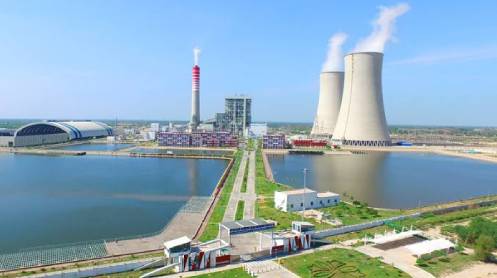This isn’t a revolution. It’s an evolution, and while that may lack the shock and awe of something like the shale boom, its long-term impact is extreme. This is the world of renewable energy, and three decades of progress shows a clear and undeniable pattern.
It’s hard to believe that we’ve been using solar and wind power for about thirty years now. The technology behind this type of renewable power generation may be even older, but the first data for solar and wind generation dates back only to 1990.
Even more fascinating is the fact that Europe was not among the first adopters of solar and wind. The greenest continent today only ventured into the two in 1997.
The energy world has changed in the past twenty years.
Some renewable energy sources have been around forever. Take Iceland, for example, and its geysers. Iceland is the top global performer in renewable energy thanks to its geothermal resources. Or, there is Costa Rica: the tiny nation boasted 100-percent renewable energy generation for more than two straight months twice over two years.
There is also the UK, which was rightfully proud of having more of its electricity generated from renewable sources than fossil fuels during 2019. It’s perhaps worth noting that the biggest share of this zero-carbon electricity came from nuclear power—26.5 percent of the energy mix—and some renewable energy purists shun nuclear as an alternative to fossil fuels. Yet it is an emissions-free source of electricity nevertheless and deserves its place among zero-carbon generation sources.
The list of examples demonstrating the world’s evolution in energy sourcing and use could continue. The important outtake of all these examples, however, is that when something makes economic sense, it will be used. This brings us to the topic of renewable energy costs and the role of these costs in the growing adoption of renewable power generation systems.
Once upon a time in the 1990s, both solar and wind power was expensive, not to mention lacking in efficiency. In 1992, the highest efficiency rate for solar panels was 16 percent. This grew to 17.8 by 2012 and to almost 30 percent in 2016. Today, there are photovoltaic materials that can reach efficiency rates of over 40 percent. Meanwhile, costs fell from an average cost of solar panel installation in the U.S. was $8.50 per watt in 2009. Today, it is about $2.96 per watt.
Related: Billions In Worthless Assets Plague The Oil & Gas Industry
ExxonMobil may be set for its second consecutive loss in Q2 as the oil price collapse and weak refining margins will hit both the upstream and downstream divisions of the U.S. supermajor.
In a filing to the SEC on Thursday, Exxon gave the market and investors a perspective on the market factors that impacted its Q2 results.
“These factors are generally limited to market dynamics, seasonal patterns, and planned activities,” Exxon said.
The oil giant sees the lower oil and natural gas prices decreasing its upstream operating profit by anywhere from $2.5 billion to $3.1 billion.
In the downstream, a change in North American crude logistics differentials and weak refining margins are set to eat between $800 million and $1.2 billion of the operating profit.
Estimates from Refinitiv IBES, reported by Reuters, point to Exxon posting a net loss of $2.3 billion for the second quarter.
For the first quarter, Exxon reported a surprise loss on the back of writedowns amid the oil price plunge, posting its first quarterly loss since the 1999 merger of Exxon and Mobil.
Exxon booked a loss of $610 million for the first quarter of 2020, compared to earnings of $2.4 billion for the first quarter of 2019.
In the upstream, Exxon posted a profit of $536 million for Q1 2020, sharply down from $2.876 billion for Q1 2019, while the downstream business booked a loss of $611 million, widened from a loss of $256 million for the same period last year.
While Exxon is warning the market that another loss is coming due to the weak oil demand and refining margins and the plunge in oil prices, Shell and BP have already said that they would take post-tax impairment charges of up to $22 billion and up to $17.5 billion, respectively, after revising down their price assumptions and the value of their oil and gas assets.





